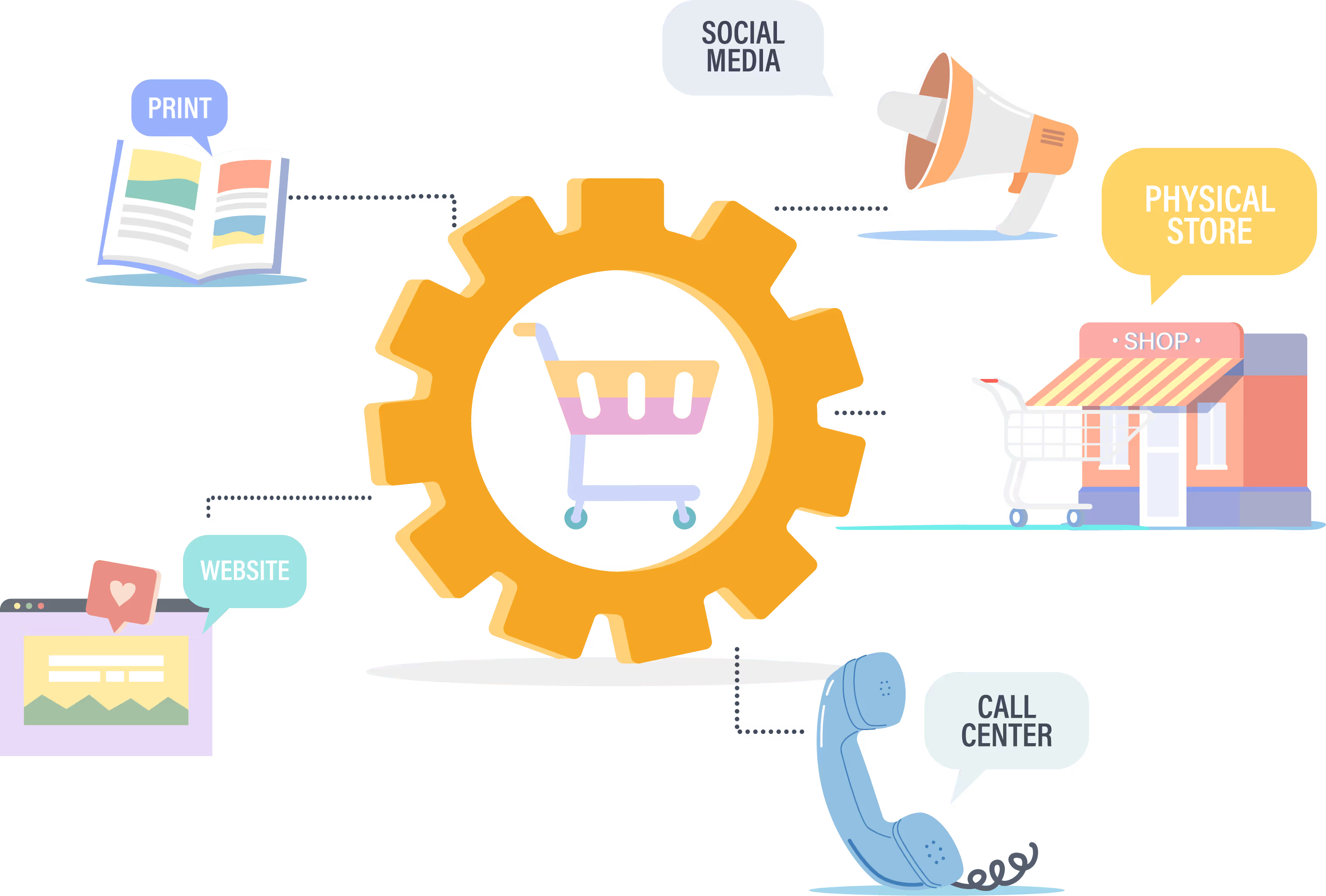.avif)
.avif)
.avif)
As a business owner, it's important to be aware of the pain points of the Direct-to-Consumer (D2C) market. Understanding these pain points can create a strategy to help you overcome them and succeed in this competitive landscape. In this blog post, we will discuss some of the key pain points you need to be aware of if you want to succeed in the D2C space.
Let's get started.

What is D2C Market fulfillment?
DTC (Direct-to-Consumer) fulfillment is a process where product inventory is stored at a manufacturer or third-party warehouse and then sold, shipped, and delivered directly to the consumer. This type of ecommerce eliminates the need for retailers or distributors, allowing brands to connect with their customers more directly.
Here are the major pain points of the D2C market
1. Increased Competition
The DTC market is becoming increasingly competitive. Today, more and more brands are taking their products directly to consumers, which means more competition for customer attention and loyalty. This can make it difficult for new or small brands to stand out.
Solution: One way to overcome this challenge is to focus on niche markets or underserved segments. By targeting a specific group of consumers, you can better differentiate your brand and build a loyal customer base.
For example: Birchbox focuses on beauty and grooming products for women. Add brand links
Screenshot of main webpage birchbox https://www.birchbox.com/

2. Difficulty Scaling
The biggest pain point for DTC brands is that they have difficulty scaling. Unlike traditional retail, where you can open up new stores or get your products into more stores, DTC brands rely on their own website and online presence to reach customers.
Solution: In order to scale a DTC business, you need to invest in digital marketing and advertising. This will help you reach more consumers and grow your customer base.
For example: Blue Apron spends significant amounts on online advertising to reach new customers and promote their brand.
3. Product Differentiation
To succeed in the DTC market, you need to offer a product that is unique and differentiated from what's already out there. This can be difficult to do, especially if you're selling products similar to what's already on the shelves at big-box stores.
Solution: One way to differentiate your product is to focus on the customer experience. This means making sure your website is user-friendly, your customer service is responsive, and your shipping is fast and reliable.
For example: Warby Parker has built a loyal following by offering high-quality eyeglasses at an affordable price.
4. High Return Value
DTC brands are always uniquely vulnerable to return fraud because they often have generous return policies and ship directly to consumers (as opposed to working with retail partners). As a result, it can be difficult for DTC brands to verify whether a returned item is actually defective or was simply purchased to be returned.
Solution: One way to combat return fraud is to use data and analytics to track return patterns. This way, you can flag potential fraudsters and put safeguards in
place to prevent them from returning items.
For example: Trunk Club uses data and analytics to track return patterns and prevent return fraud.
5. Technical Infrastructure
One of the biggest challenges for any DTC company is having a technical infrastructure that can support its growth. Without a robust ecommerce platform, order management system, and fulfillment solution, it’s tough to scale a DTC business.
Solution: There are a few different options when it comes to building out your technical infrastructure. You can either build everything in-house, use off-the-shelf
solutions, or a combination of both.
For example: Shopify is a popular ecommerce platform that many DTC companies use. WooCommerce is another option that gives you more control over the look and feel of your website but can be more challenging to set up and maintain.

6. Ineffective Last-Mile Delivery
One of the most significant pain points for DTC brands is ineffective last-mile deliveries. This is when a package gets lost or delayed in transit, which can be incredibly frustrating for customers expecting their purchase.
Solution: For this pain point, you can work with a third-party logistics (3PL) provider that specializes in last-mile delivery or you can build out your own delivery infrastructure.
For example: Bonobos, an online men’s clothing retailer, has its own fleet of trucks and drivers to make sure orders are delivered on time.
7. Shifting Customer Habits
Customers have shifted their buying habits in the past decade, moving away from brick-and-mortar stores to online marketplaces. The ease and convenience of buying products online have made it the preferred method for many shoppers. This shift has forced companies to reevaluate their marketing strategies to reach these customers where they are spending their time – online.
Solution: To cope up with this challenge, D2C brands should focus on their omni channel presence and make sure they are visible on all major online platforms. Additionally, they should also focus on creating a seamless customer experience so that customers can easily purchase their products regardless of where they are shopping.
For example: Glossier, a popular D2C beauty brand, is present on all major online platforms including their own website, Sephora, Ulta, and ASOS. They have also created a seamless customer experience by allowing customers to purchase products directly from their Instagram page.
8. Crowded & Competitive Market
In today's age of digital commerce, customers have more choices than ever before. And while this is generally a good thing, it can also be overwhelming. With so many options available, customers can easily become confused or frustrated.
Solution: For this, we recommend using an omnichannel approach to shopping. This means providing a consistent and seamless experience across all channels, whether that be in-store, online, or mobile.
For example: A well recognised brand named ‘Zara’ have managed to excel in their omnichannel shopping experience by integrating their e-commerce website with their brick and mortar stores. Customers are able to shop online and pick up their items in-store, or vice versa.

9. Inconsistent Customer Experience
The customer experience is the most important aspect of any business, but it's especially important in the direct-to-consumer market. After all, if your customers are unhappy with their purchase or their experience with your company, they're not likely to come back which brings your inconsistency and reduced the repeat customer purchase rate, which majorly brings the revenue to the company
Solution: The solution is to focus on improving the customer experience at every touchpoint, from the very first interaction to the post-purchase follow-up. In other words, you need to think about the customer journey and how you can make it as smooth and enjoyable as possible. Some apps can help you with this.
For example: Ripple makes it easy for customers to find the products they're looking for, provides clear and concise product descriptions, and offers free shipping on all orders. Plus, their customer service team is always available to help with any questions or concerns.
The Bottom Line
The DTC market is booming. This is good news for entrepreneurs and startups. It also means this is the right time to hit the hammer and understand and bring solutions to all the pain points to make it a positive experience for the consumers to succeed.
Only this way you can create a product or service that meets the needs and solve problems of your target customers.
FAQs
Start Building Customer Retention That Lasts





